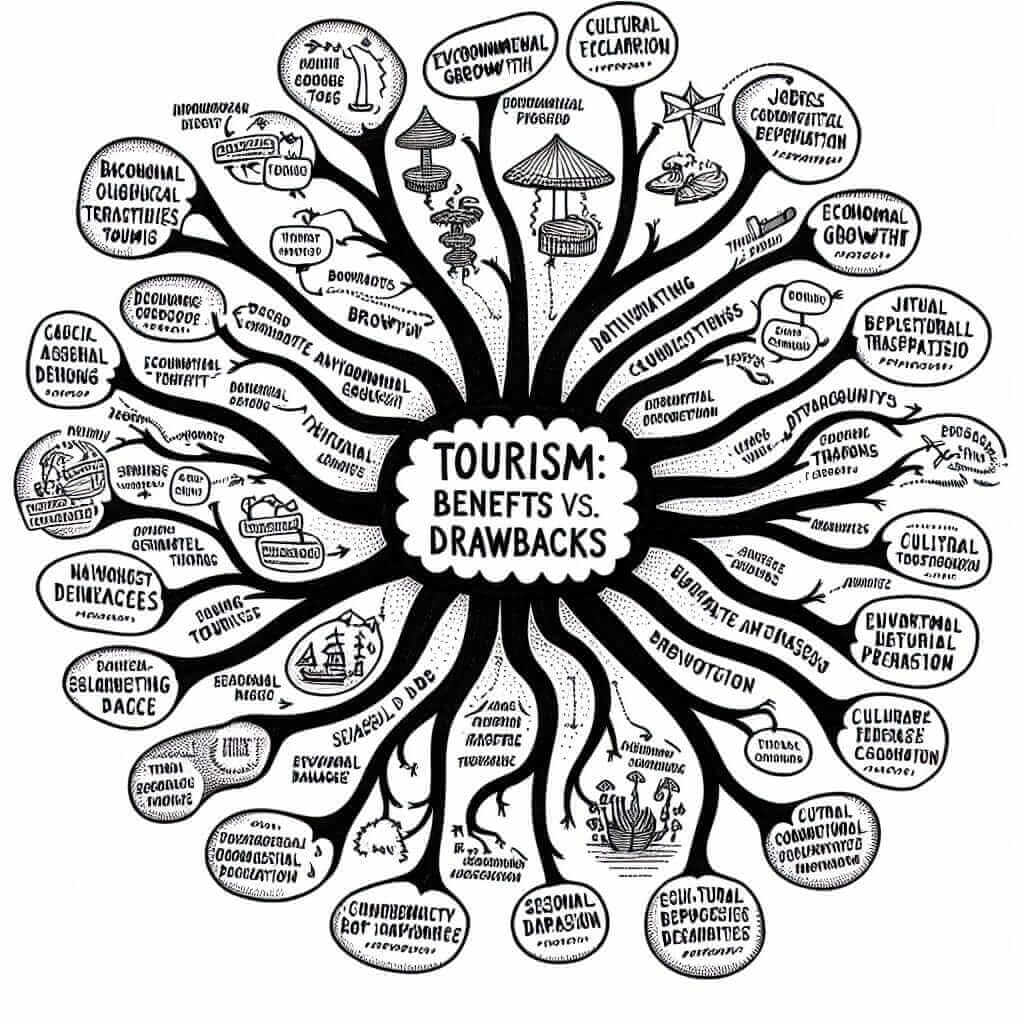Introduction: Mastering the Art of Brainstorming
In the realm of IELTS Writing Task 2, effective brainstorming is the bedrock upon which a high-scoring essay is built. It’s the crucial first step that allows you to generate ideas, organize your thoughts, and craft a coherent and well-structured response. In this comprehensive guide, I, as an IELTS instructor with over two decades of experience, will unveil proven brainstorming strategies to help you excel in this section.
Understanding the Importance of Brainstorming
Before delving into the “how-to,” let’s grasp why brainstorming is non-negotiable for IELTS Writing Task 2:
- Time Management: The allotted 40 minutes for Task 2 require strategic time allocation. Brainstorming ensures you invest time wisely in planning before writing, saving you precious minutes later.
- Idea Generation: It unlocks your creative thinking, enabling you to generate a wider array of relevant ideas and supporting arguments.
- Structure and Coherence: Effective brainstorming paves the way for a well-organized essay, ensuring a logical flow of ideas and enhancing coherence.
- Avoiding Redundancy: By planning your points, you minimize the risk of repetition and ensure each paragraph contributes uniquely to your argument.
Effective Brainstorming Techniques for IELTS Writing Task 2
Now, let’s explore proven brainstorming techniques tailored to the specific demands of IELTS Writing Task 2:
1. Analyze the Question: The Foundation
- Identify keywords: Underline or circle key terms in the question to fully grasp the topic and the specific aspects you need to address.
- Determine the essay type: Is it an argumentative essay, a problem-solution essay, or another type? This clarifies the direction your brainstorming should take.
2. Mind Mapping: Visualizing Your Ideas
- Central topic: Write the essay topic in the center of a blank page.
- Branching out: Draw lines outward from the center, representing main ideas or arguments. Use keywords or short phrases.
- Sub-branches: Extend from main branches with supporting evidence, examples, or explanations.
Example:
Let’s say the essay question is: “Some people believe that the benefits of tourism outweigh its drawbacks. To what extent do you agree or disagree?”
- Central topic: Tourism: Benefits vs. Drawbacks
- Branch 1: Benefits – Economic growth, cultural exchange, job creation
- Branch 2: Drawbacks – Environmental damage, cultural exploitation, seasonal jobs

3. The “For and Against” Approach
This technique is particularly useful for opinion or argumentative essays:
- Draw a T-chart: Label one column “For” and the other “Against.”
- List arguments: Generate points that support both sides of the argument, even if your essay will ultimately focus on one side.
- Evaluate: Analyze the strength and relevance of each point to the essay question.
Example (using the tourism topic):
| For | Against |
|---|---|
| Boosts local economies | Can lead to environmental degradation |
| Promotes cross-cultural understanding | May exploit local cultures |
| Creates job opportunities | Jobs often seasonal and low-paying |
4. The “5 Ws and H” Method
This classic questioning technique helps delve deeper into the topic:
- Who: Who are the stakeholders affected by this issue?
- What: What are the main issues and arguments surrounding the topic?
- When: Is there a particular time frame or historical context relevant to the topic?
- Where: Is there a specific geographical location or context to consider?
- Why: Why is this issue important? What are the underlying causes?
- How: How can the issue be addressed or resolved?
5. Real-Life Examples: Adding Depth
- Personal experience: Can you draw upon personal anecdotes or observations that relate to the topic?
- Current events: Are there any recent news stories or events that illustrate the issue?
- Historical examples: Can you think of any relevant historical events or figures?
From Brainstorming to a Cohesive Essay
- Selection: Choose the strongest and most relevant ideas from your brainstorming.
- Organization: Create a logical order for your arguments, ensuring a smooth flow of ideas.
- Development: Expand on each point with clear explanations, evidence, and examples.
Conclusion: Your Key to Unlocking a High Score
Mastering the art of brainstorming is an invaluable asset for IELTS Writing Task 2 success. By implementing these techniques, you’ll be well-equipped to approach the task strategically, develop strong arguments, and craft a well-structured and coherent essay that impresses the examiners. Remember, consistent practice is key. The more you practice brainstorming, the more efficient and effective you’ll become at generating insightful ideas under pressure.